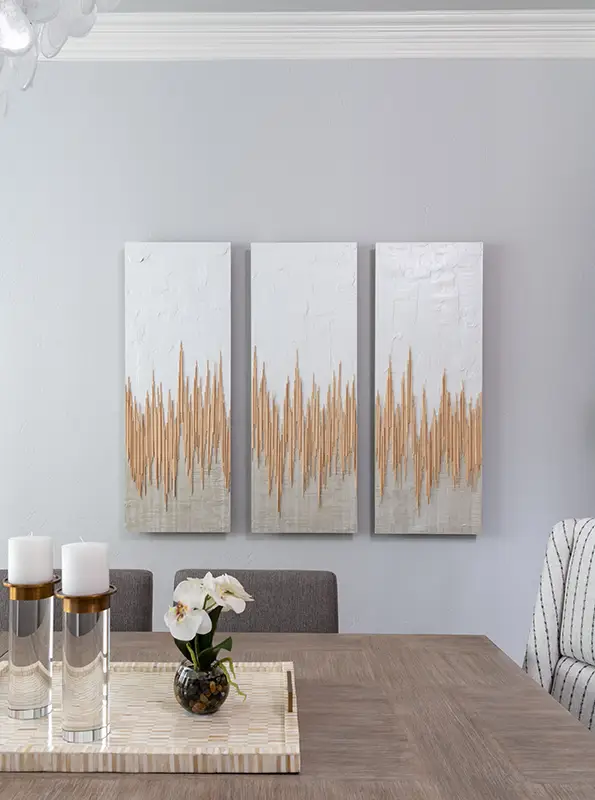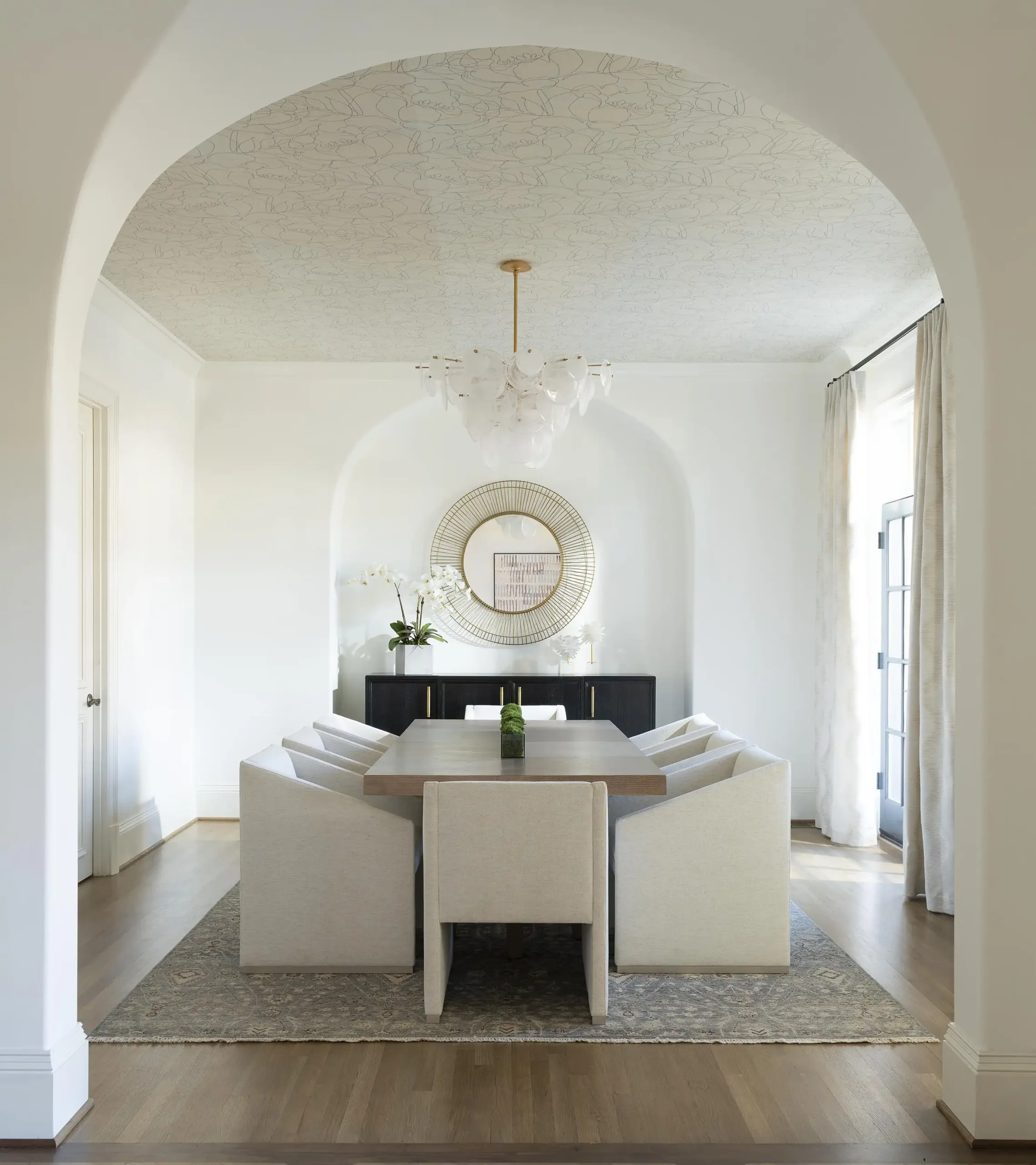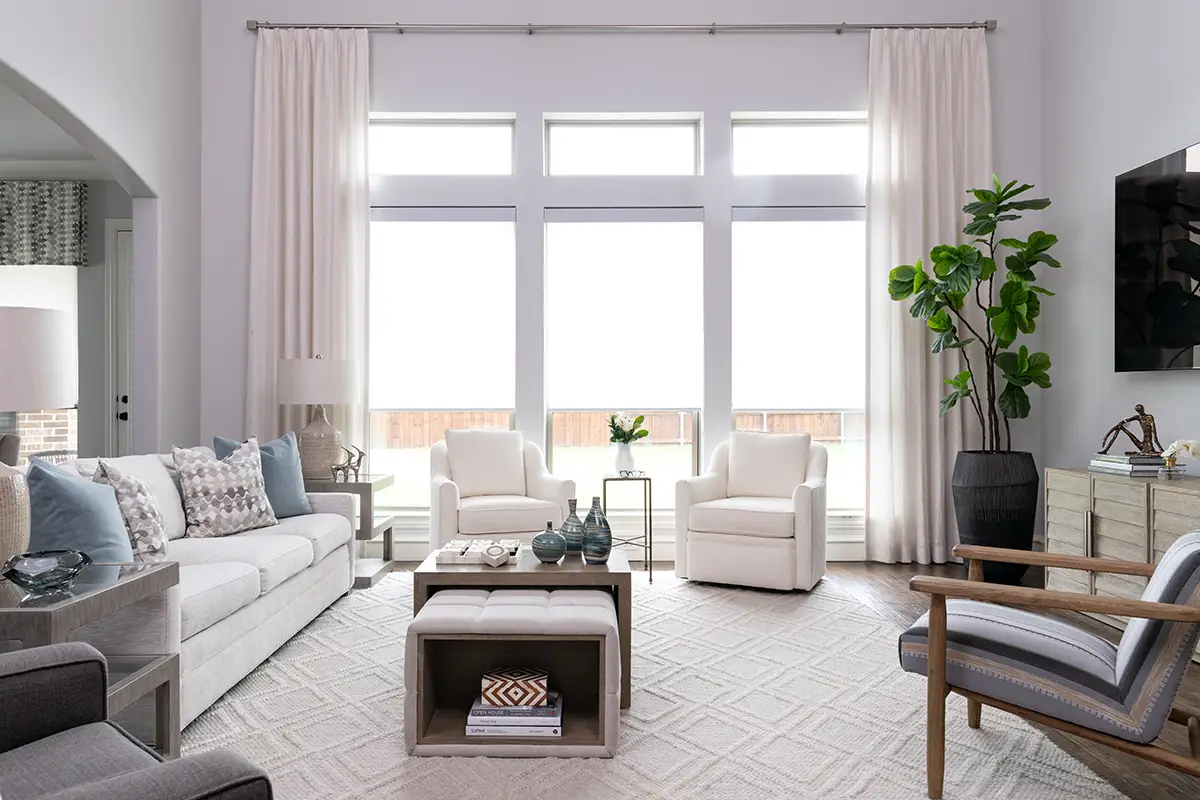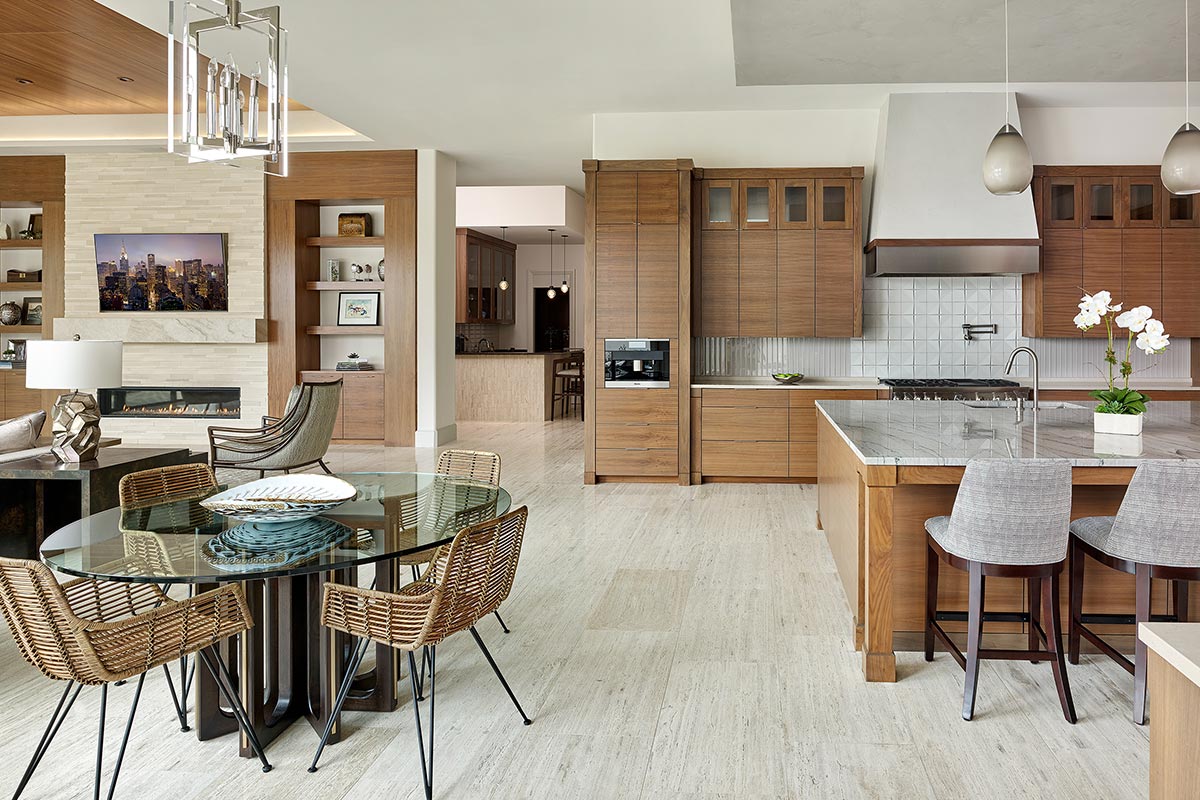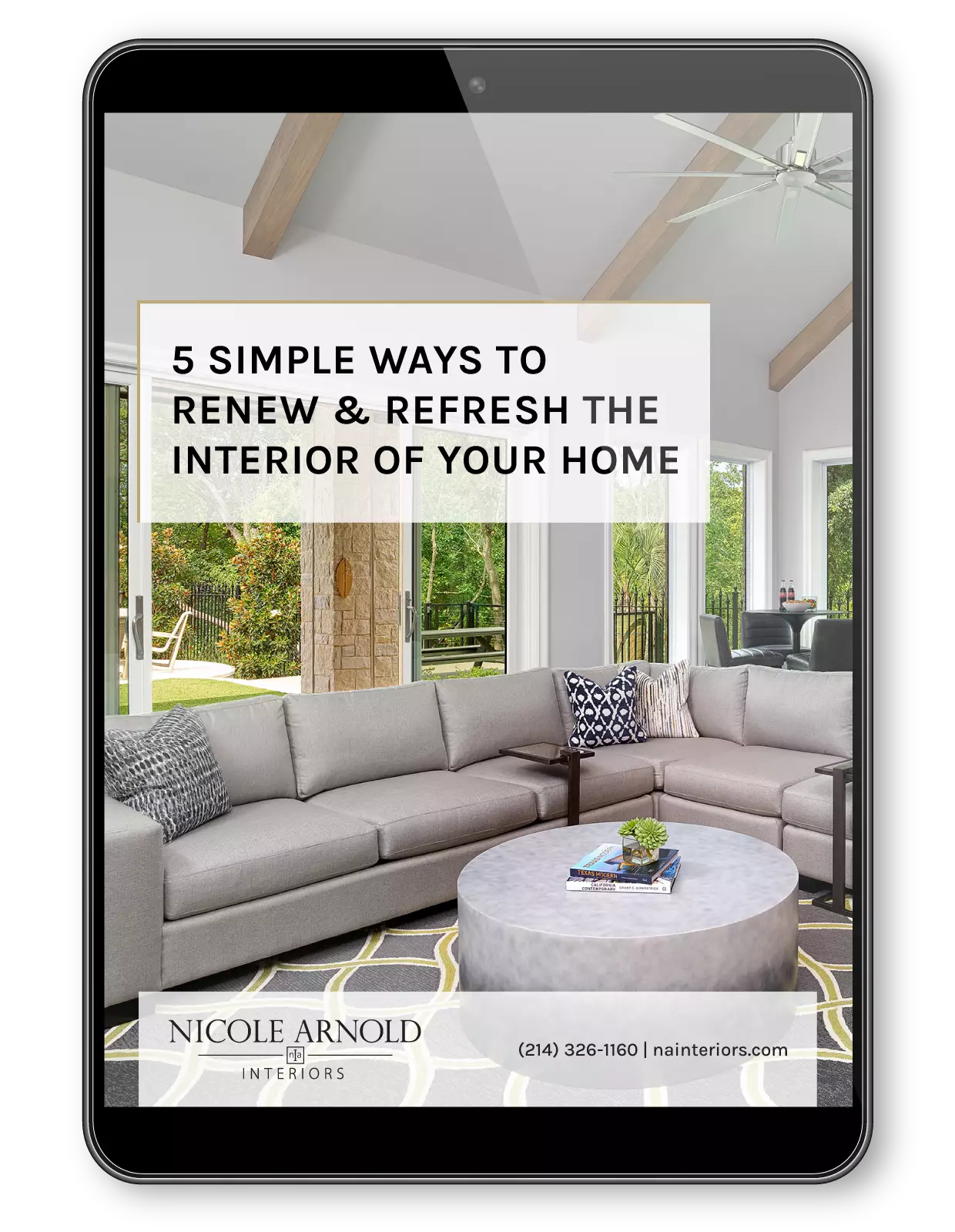Modern Design
Modern interior design is rooted in simplicity, functionality and clean architectural elements. Emerging in the early 20th century, it emphasizes minimal ornamentation, open spaces and a focus on form following function. Modern interiors are sleek and uncluttered, often incorporating natural materials and a neutral palette to create harmony and balance.

Brief History
Modern design originated in the early 1900s as a response to ornate, traditional styles. Influenced by the German Bauhaus school and Scandinavian design principles, it prioritized function, simplicity and honest use of materials. Over time, modern design became a movement celebrated worldwide, laying the foundation for many of today’s most popular interior design styles.
Characteristics / Key Elements

Clean Lines
Straight, sharp lines and geometric forms dominate architecture and furniture.

Minimal Ornamentation
Decorative details are limited in favor of streamlined simplicity.
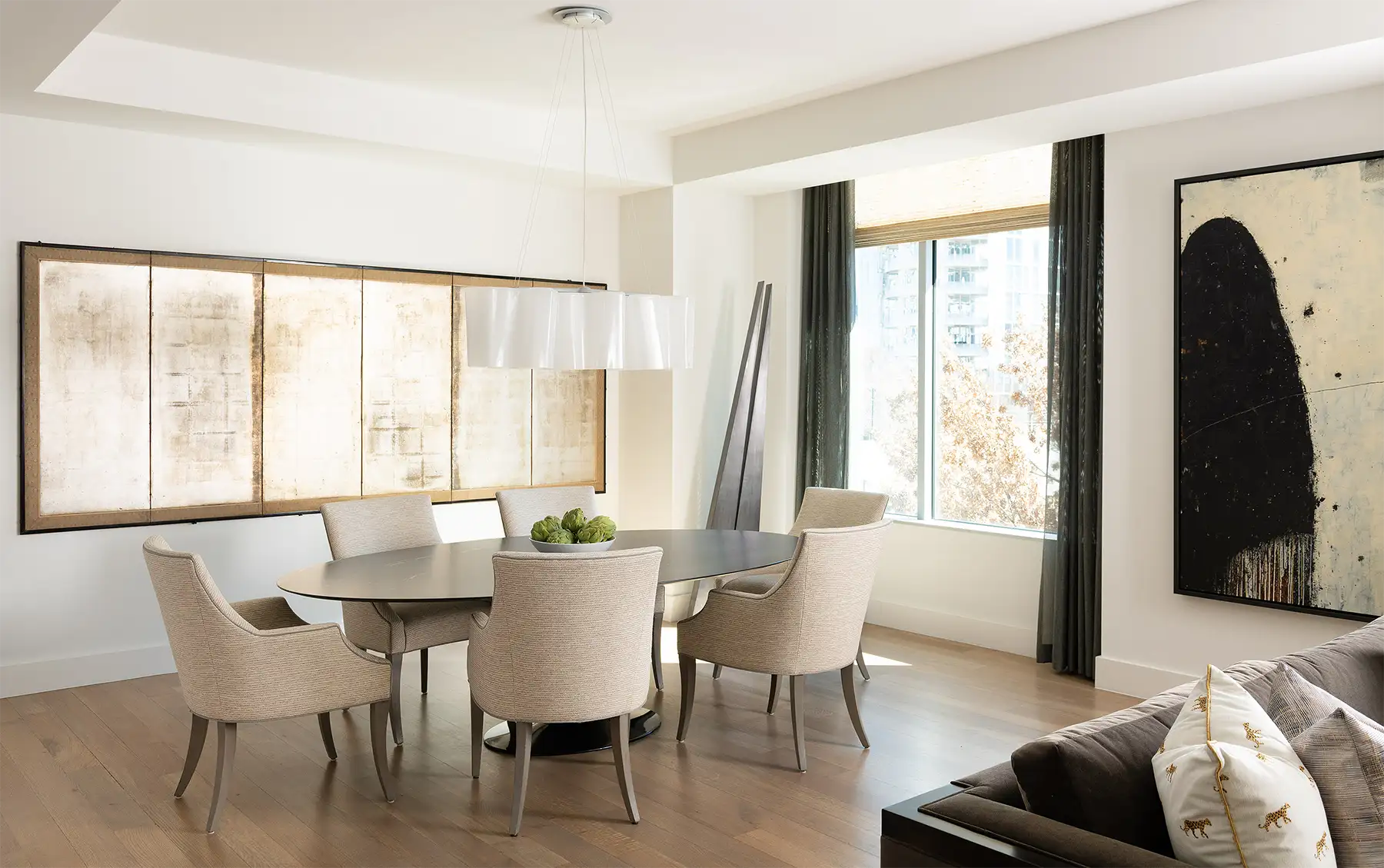
Neutral Color Palette
Whites, grays, beiges and black create a calm foundation with accents used sparingly.
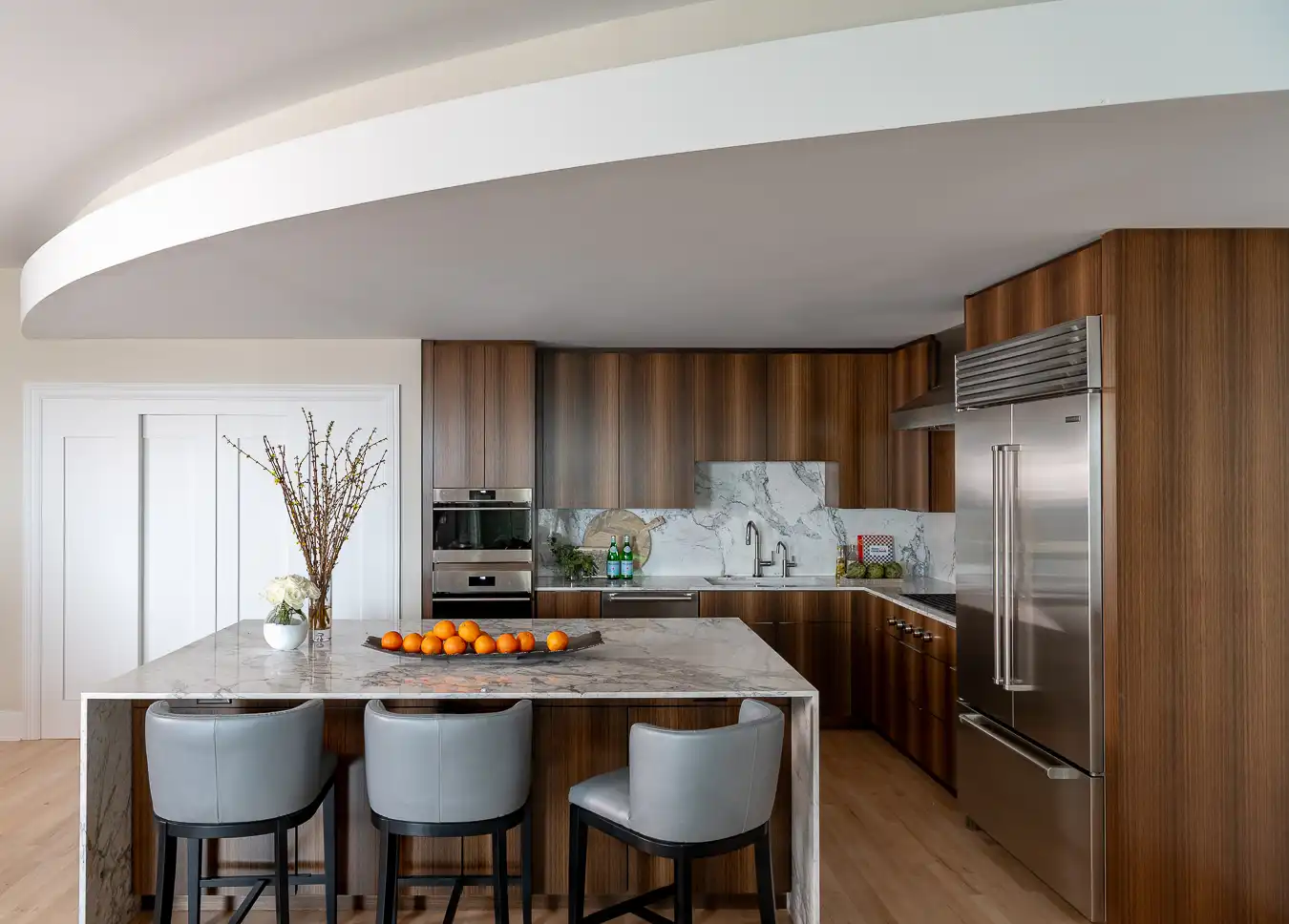
Natural Materials
Wood, stone, leather, glass and steel highlight authenticity and craftsmanship.
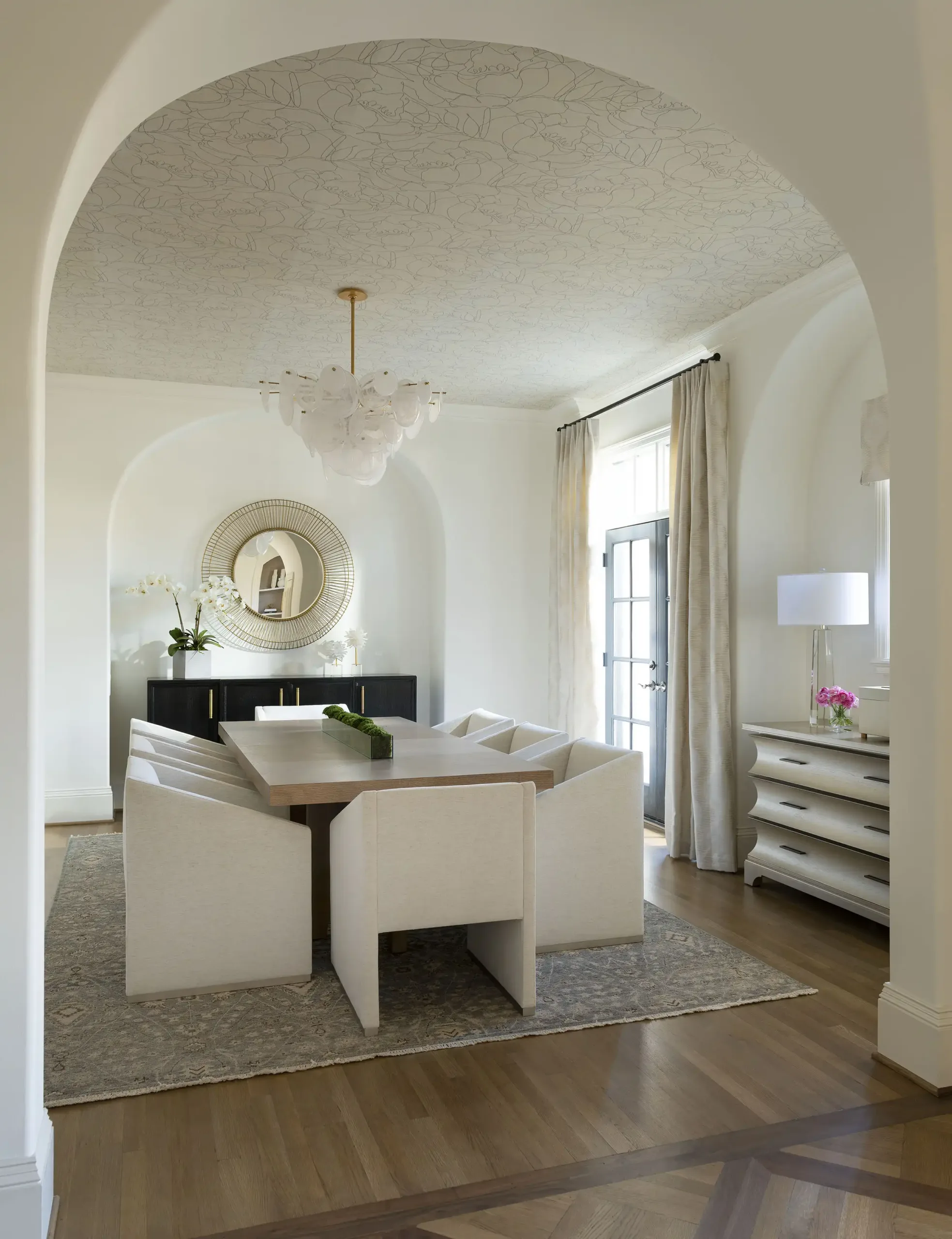
Open Spaces
Floor plans emphasize functionality, flow and a connection between rooms.

Form Follows Function
Every piece of furniture or decor is chosen with a purpose in mind.
What Modern Design is Not
Modern interior design is not ornate, fussy or overly decorative. It avoids clutter, excessive patterns and unnecessary embellishments. Unlike eclectic or traditional styles, modern design favors order, balance and purposeful simplicity.
“Keep furnishings clean-lined and minimal. Select only the pieces that serve a true purpose and complement the room’s aesthetic. Instead of filling every corner, allow for plenty of open, unoccupied areas. This negative space not only highlights the sculptural beauty of the furniture but also creates a sense of calm and flow.
On the practical side, a lighter arrangement keeps the room flexible and adaptable. Fewer, more purposeful pieces make it easier to reconfigure the space for entertaining or accommodate more people comfortably.”
NICOLE ARNOLD
President, Principal Designer
Color Ideas
Modern design typically relies on neutrals with occasional bold accents.
Base Colors: White, gray, beige and black set a clean foundation.
Accent Colors: Bold shades like deep blue, burnt orange or mustard yellow used in moderation.
Finishes: Warm wood tones, natural stone and metal finishes add depth and interest.
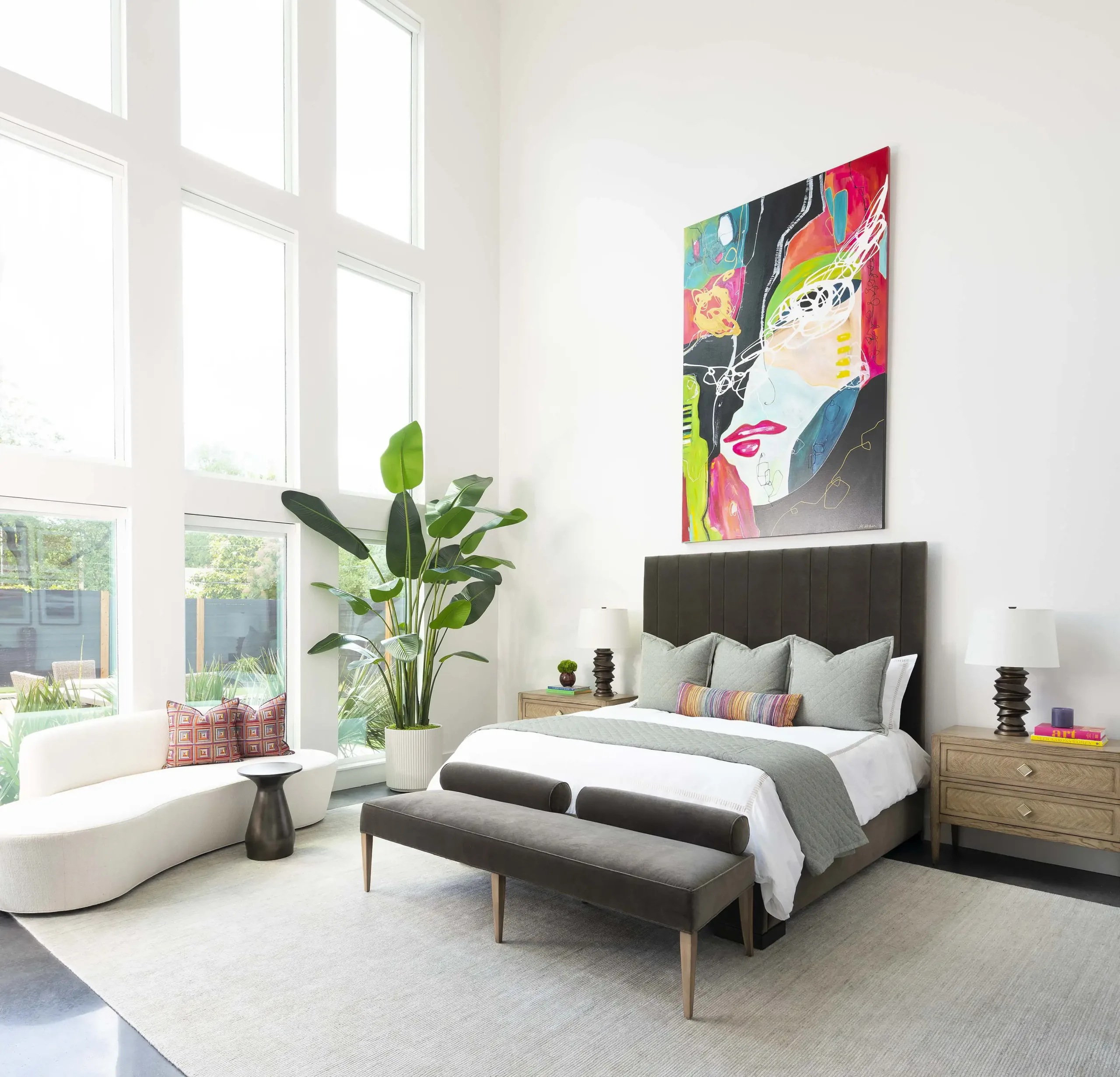
Who is Modern Design Good For?
Modern design is well-suited for individuals who appreciate order, balance and understated elegance. It’s ideal for those who want a timeless look that feels sophisticated without being overdone. If you love functional layouts, minimal clutter and interiors that feel calm yet purposeful, modern design may be perfect for you.
Why You’d Love It
You’ll love modern design for its timeless appeal and balance of style and functionality. With clean lines, thoughtful layouts and purposeful design elements, modern interiors create spaces that are easy to live in and visually striking.
Organic Modern: A Natural Evolution
Organic modern is a variation of modern design that blends the clean lines and simplicity of the style with the warmth of natural elements. This approach introduces wood, stone, leather and other organic materials to soften the sleek edges and create a more inviting feel. Spaces often feature earthy tones, abundant natural light and layered textures that balance minimalism with comfort. Organic modern interiors are perfect for those who love the clarity of modern design but want to bring in the grounding, calming influence of nature.
